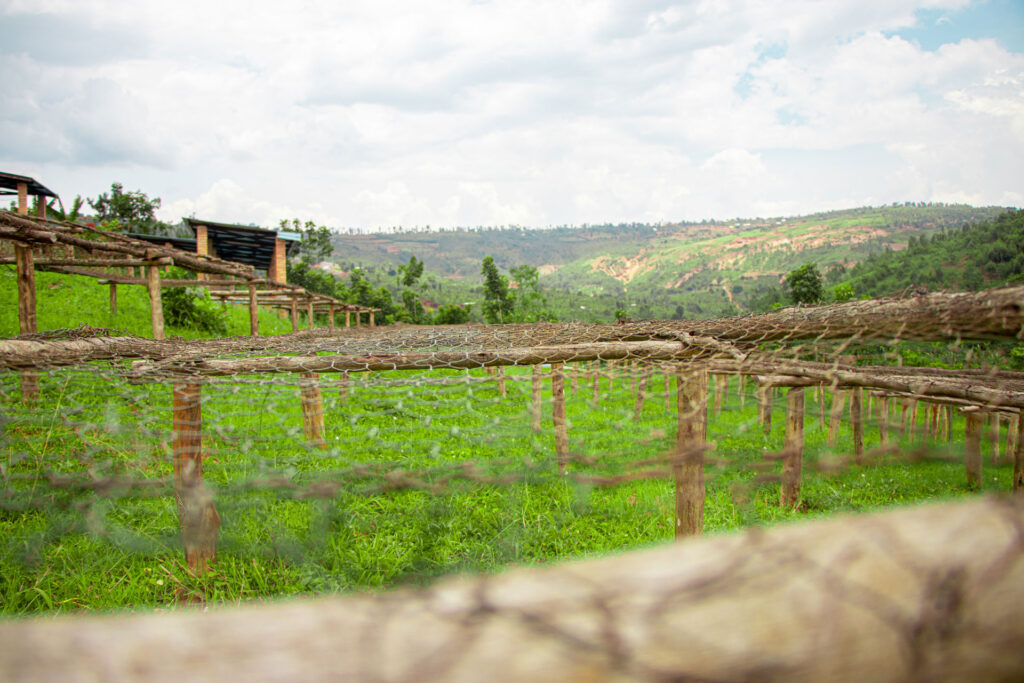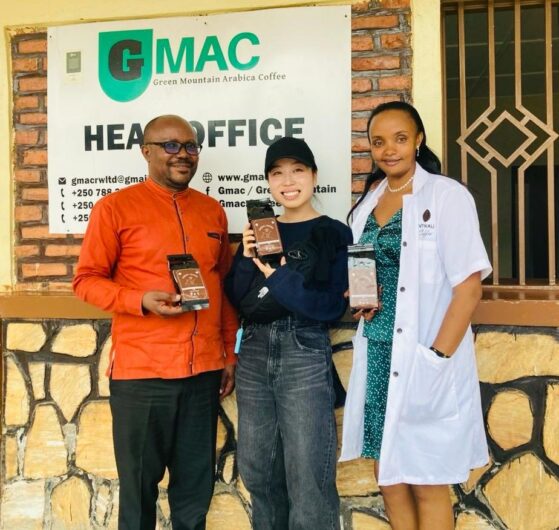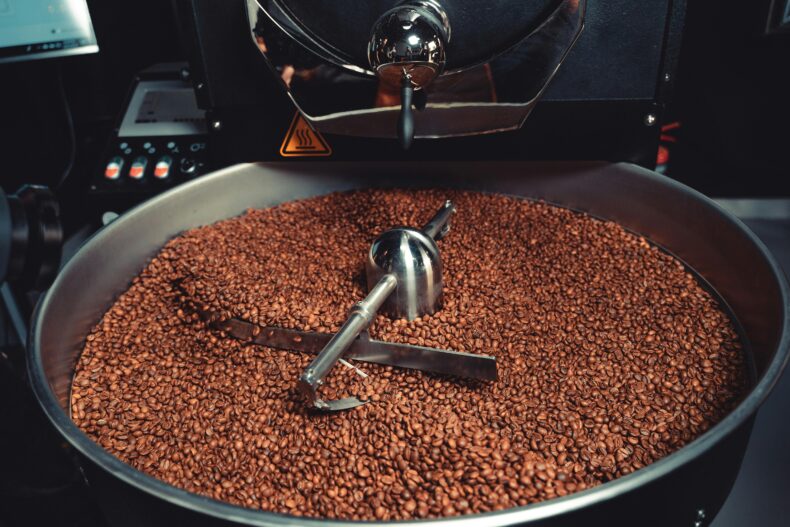
Your coffee crop can only be as good as your coffee trees – but growing strong, healthy, and productive plants means paying attention to several critical variables. Whether you’re a producer looking to improve the quality and quantity of your cherries, or a roaster/coffee buyer working with producers, it’s important that you know these.
These are some practices recommended by Fernando Farfan, an agronomist with the Colombian Coffee Growers Federation’s research centre Cenicafé, Read and discover.
LOCATION & CLIMATE

Fernando’s first concern is that location is the most important factor since it determines the best production system. “If the climate conditions, precipitation, temperature and sun intensity are of the optimum conditions for coffee farming,” he says, “then the coffee can be grown with complete sun exposure.”
The best climate conditions for the plant’s development and production are, according to Fernando, temperatures between 21°C and 22°C, 1,800 hours of sunshine annually, and a yearly rainfall between 1,500 and 2,000 mm.
Where there are temperatures greater than 25°C, more than 1,800 hours of solar brightness per year, little cloudiness, and annual rainfall of less than 1,500 mm, Fernando explains that water deficiency may become an issue.
“This produces adverse conditions for crop development, presenting us with water deficiency, meaning that there is not enough water for the coffee plantation, which affects the productive development of the coffee crop,” he says.
When this is the case, the best option is to grow coffee under shade trees. These will protect the crop from the sun during the dry season and lower temperatures. In Colombia, a significant portion of coffee trees is grown under shade – approximately 40%, according to the Colombian Coffee Growers Federation.
SEEDS & SEEDLINGS
The next point to consider is what you’re planting. Fernando explains that, when it comes to seeds, traceability is crucial. “[If we don’t have traceability], we don’t know which substrates have been used, what size the bag is, and what the source of that seed is,” he says.
Seedlings that are grown in the wrong bag size risk poor development and root problems, he advises, recommending 17 cm x 23 cm as the ideal size. And when it comes to the soil, he suggests a substrate that is one-third organic material.
“This way, a good anchoring of the plant to the soil will be guaranteed, and it will allow a better absorption of the nutrients, better development, and better production,” he emphasises.

PLANTING DENSITY
The number of trees you can plant in an area depends on the climate and soil conditions, Fernando says. Direct sun exposure generally allows for 8,000–10,000 plants per hectare. However, if you’re also planting shade trees, you’ll only be able to plant 6,000–8,000 per hectare.
Other aspects will also affect the planting density, including:
- Variety: If the coffee tree is small or a dwarf plant, such as Caturra or Cenicafé 1, you can plant more per hectare. On the other hand, if it’s a large tree, you will have to sow them with less density.
- Tree layout/spatial arrangement: The space between the coffee plants and the different paths between rows will affect how many plants you can grow per hectare.
What’s more, the planting density will affect factors like the crop’s rejuvenation cycle – more on that later!
Fernando tells us that it’ll often be twenty years until a plot is re-planted, so it’s important to get the location and density right.
SOIL MANAGEMENT
Soil management includes everything from nutrition and weed management to preventing diseases and fungi.
Cenicafé has published a guide to soil management (Fertilidad del suelo y nutición del café en Colombia) which recommends paying particular attention in the earlier stages. It’s important to prepare the soil before planting the seedling and to maintain it well during the first growing phase, as this will continue to impact the tree throughout its life.
Fernando tells me that one of the first things that producers should look at is the soil acidity. Too low an acidity (measured as units of Hydrogen potential or pH) signifies high concentration of free hydrogen in the soil, a condition that restricts the roots’ access to water and nutrients. The best soil acidity for coffee growth is between a pH of 5.0 and 5.5.
Cenicafé’s guide also recommends that coffee trees need nitrogen and phosphorus, as well as increased levels of potassium and magnesium during the reproductive phase (i.e. when the trees flower). Producers who wish to use fertiliser should do so one to two months after planting, and repeat this on average every four months (depending on the soil’s water content).
Additionally, producers should watch out for weeds – which will compete with the coffee for nutrients and water – and early signs of the coffee borer beetle and leaf rust.
THE REJUVENATION CYCLE
Coffee trees should be periodically pruned and stumped. To prune, producers should cut the secondary and tertiary branches from the tree, leaving more space for the primary ones to grow. To stump, they should cut the tree down to just 30 cm in height – something that requires waiting for the coffee trees to regrow before they can produce cherries again.
Fernando tells me that the frequency of stumping should be linked to the planting density: if you want to plant more trees per hectare, you’ll need to stump more frequently.
“If there is a sowing density of 2,500 to 3,000 trees per hectare, the plantation’s production levels will start to decrease after 10 years. If there are 5,000 trees per hectare, then the plantation’s production will decrease after 7 years, and if there are 10,000 trees per hectare, this plantation’s production will decline between 4 to 5 years [after planting],” he explains.
What’s more, he recommends that rejuvenation should occur after four to five harvests (i.e. five to six years after planting), no matter if the coffee is grown in the shade or with direct sun exposure.
Producers should carefully balance their planting density, rejuvenation cycles, and shade percentages to find the best system for their crops.

There are many variables to consider when planting and nurturing coffee trees. What’s more, best practices will vary from one farm to the next as the climate, variety, and soil conditions change. The additional support of an agronomist will always be helpful.
However, following the steps above can help producers to look after their trees’ health and productivity. Coffee buyers should also be aware of these points so they know what questions to ask during farm visits – and what recommendations to make, should they need to.
After all, it’s only through growing healthy trees that great coffee can be produced.
source:
Perfect Grind Blog



